Botox injections have long been a popular solution to smoothing out crow’s feet, but not everyone is comfortable getting these injections, and many consumers actively look for non-invasive alternatives instead.
In this vein, there are several skincare routines that help boost anti-aging as well as lifestyle changes people can make to help maintain a youthful look. In this article, we’ll look at some of the ways crow’s feet can be treated without the use of Botox.
Table of Contents
What are crow’s feet?
What causes crow’s feet?
Do non-invasive crow’s feet treatments have business potential?
Products that can help to treat and reduce crow’s feet
Summary
What are crow’s feet?
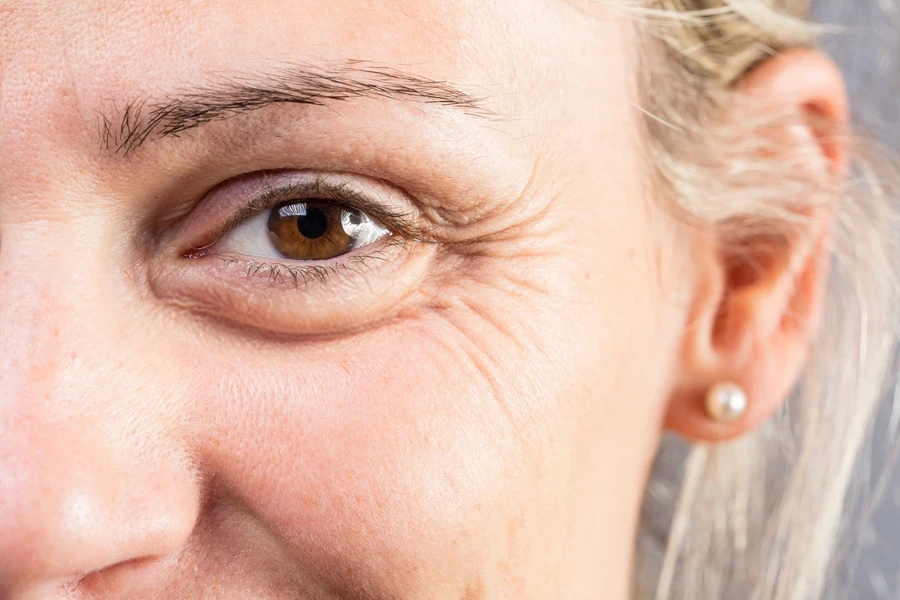
Crow’s feet, also known as laugh lines or smile lines, are wrinkles that appear around the outer corners of the eyes. Considered one of the first signs of aging, they appear when the skin around the eyes – which is much thinner and prone to damage from environmental factors – begins to lose collagen and elasticity, making these lines more noticeable and eventually permanent.
Crow’s feet are a completely natural part of aging, but many people look for ways to reduce them as a way to maintain a smoother and more youthful complexion with the help of creams, injections, and lifestyle changes.
What causes crow’s feet?
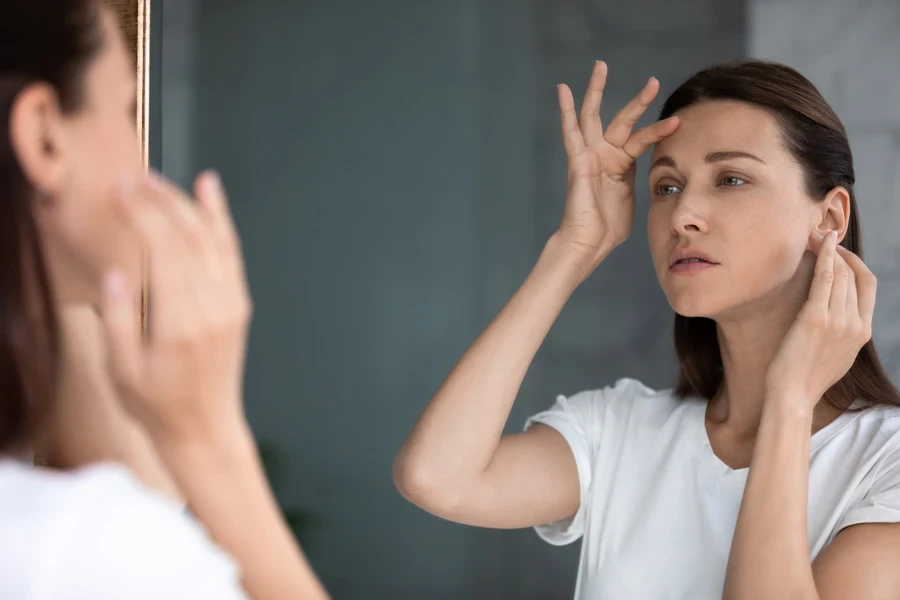
The primary cause of crow’s feet is a combination of the natural aging process, environmental factors, and repeated facial movements. Let’s take a look at each in more detail below:
Loss of collagen
As people age, the skin naturally produces less collagen and elastin, proteins responsible for keeping the skin firm. The loss of this structural support makes the skin thinner and more susceptible to wrinkles over time, which is when crow’s feet are formed.
Facial expressions
The muscles around the eyes contract each time a person blinks, squints, or smiles. Over a period of time, these repetitive facial expressions lead to the formation of wrinkles and lines, which are most likely to show where the skin is the thinnest, around the eyes.
Skin dehydration
The delicate area around the eyes is particularly prone to dryness, which can cause crow’s feet to become more prominent. Even at a young age, it’s important for people to moisturize at least once a day to maintain the skin’s resilience and slow the aging process.
Sun exposure
One of the biggest factors that can accelerate skin aging is exposure to ultraviolet rays, which are known to increase the rate of aging for the skin because UV breaks down both elastin and collagen. The thin area around the eyes is especially vulnerable to these rays and should be protected. Lifestyle
Lifestyle factors also have an enormous impact on the appearance of crow’s feet. Activities such as drinking alcohol, maintaining a poor diet, smoking, stress, and lack of sleep can all be attributed to premature skin aging. Smoking is one of the biggest factors because it reduces blood flow to the skin and rapidly accelerates the breakdown of collagen.
Do non-invasive crow’s feet treatments have business potential?
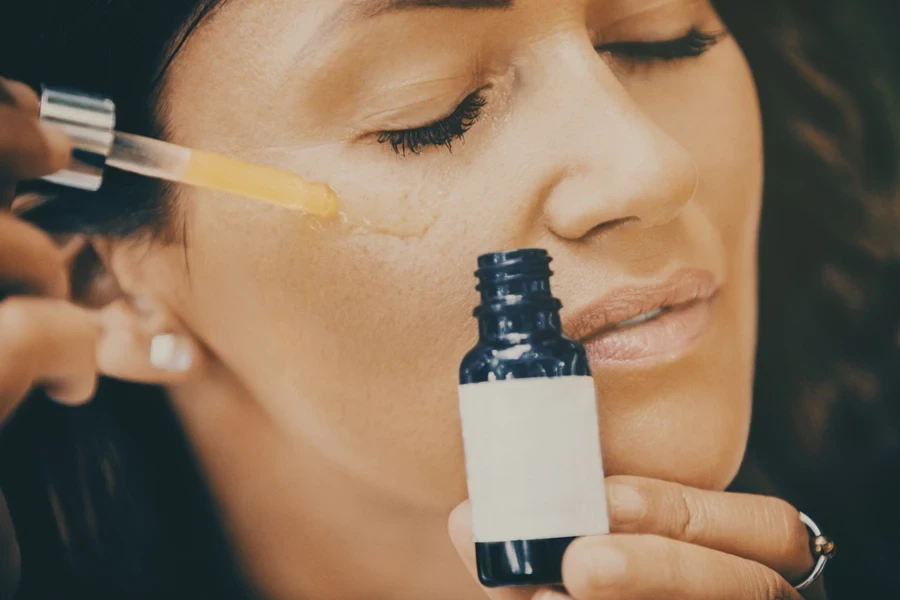
Non-invasive skincare treatments are a significant part of the facial skincare market. Products in this market are formulated to address specific skin concerns such as acne or aging. With more people taking an interest in their overall health, the market has seen a big increase in sales over the past couple of decades.
By the end of 2023, the global market value of facial skincare was valued at over USD 91.10 billion. This number is expected to increase at a compound annual growth rate (CAGR) of at least 5.8% between 2024 and 2030. Treatments for crow’s feet will continue to be in high demand as people look for alternatives to Botox injections.
Products that can help to treat and reduce crow’s feet
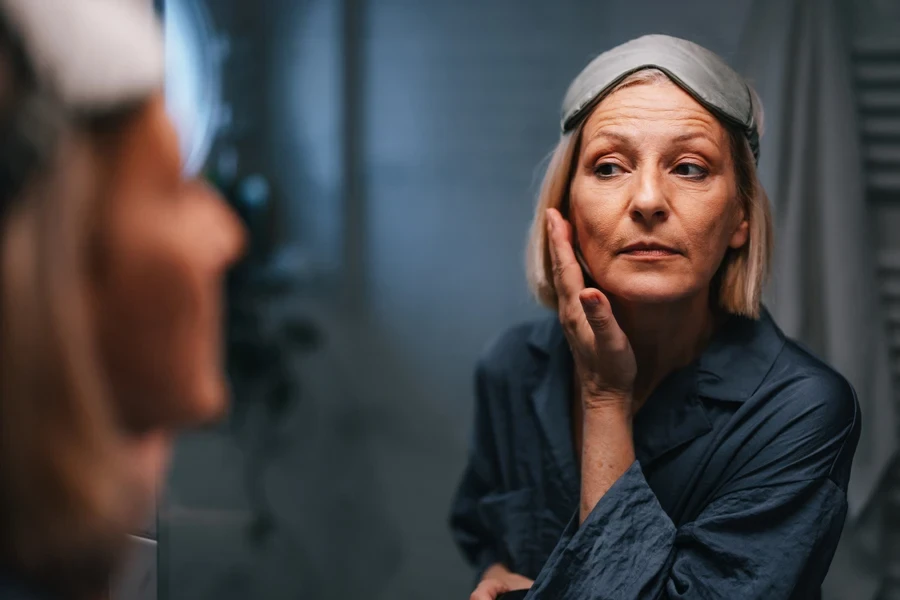
There are many skincare trends for consumers to consider when it comes to reducing the signs of facial aging. Social media is playing a big part in bringing these trends to people’s attention and shining a light on new products. According to Google Ads, “crow’s feet” receives an average of 110,000 searches per month, remaining consistent throughout the year.
Below, we’ll take a look at some of the most effective treatments for crow’s feet that don’t require products such as chemical peels or dermal fillers.
Retinol
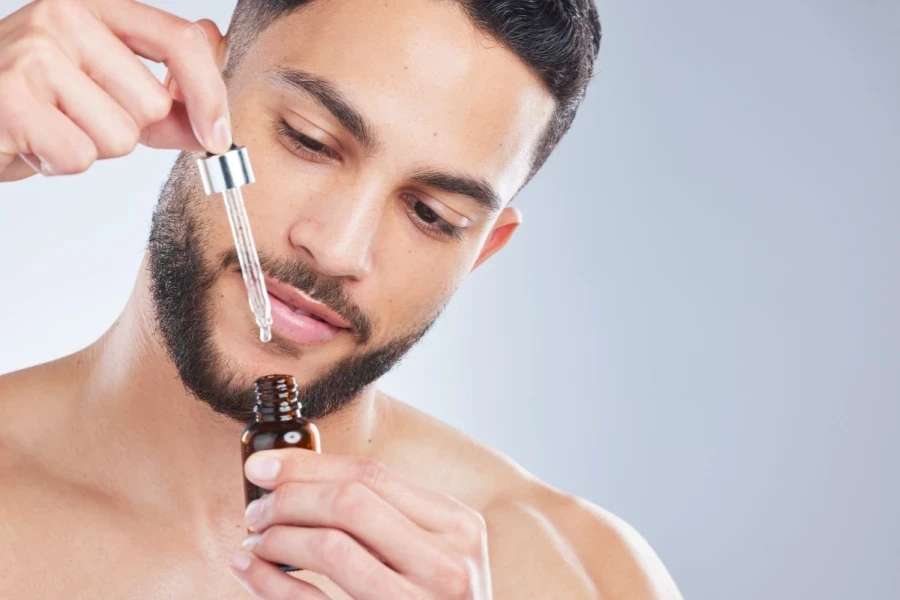
Retinol is one of the most effective anti-aging ingredients on the market and can greatly reduce the appearance of crow’s feet. By increasing cell turnover, retinol helps to stimulate collagen production and smooth out lines over time. Retinol can be purchased over the counter, but stronger retinoids such as tretinoin need a prescription.
Hyaluronic acid eye creams

For those who don’t want to use serums, hyaluronic acid eye cream may be the preferred option. A powerful hydrating ingredient, Hyaluronic acid helps to draw and trap moisture in the skin when applied. It can also help to plump up fine lines, making wrinkles such as crow’s feet less noticeable. It also has the ability to moisturize the skin within minutes after application, giving an immediate smoothing effect. Overall, this skincare treatment is useful for maintaining long-term elasticity and hydration.
Peptide-based serums
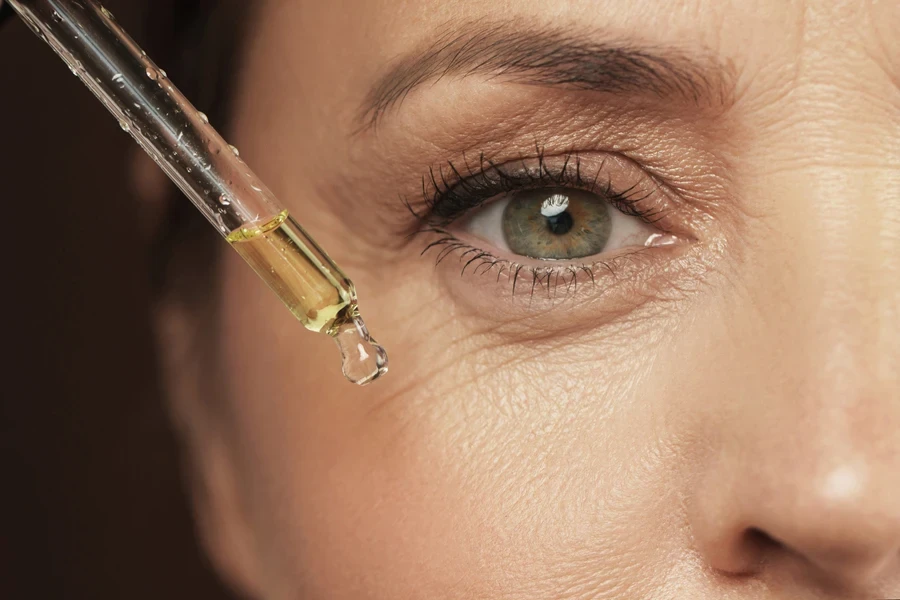
Another popular option for treating crow’s feet is the use of peptide-based serums. Peptides, a short chain of amino acids and the active ingredient in these serums, can help stimulate collagen production and make the skin firmer and more resilient. This works well around the delicate eye area, where crow’s feet appear. Peptide serums can improve the texture of the skin without irritation, making them great alternatives for buyers who have sensitive skin and are unable to use other anti-aging products.
Conclusion
Treating crow’s feet without the use of Botox injections couldn’t be easier in today’s market, with many anti-aging treatment options now available for consumers to try. Retinol, hyaluronic acid eye cream, and peptide-based serums are some of the most popular choices among consumers.
In the coming years, more products that emphasize the use of natural ingredients are expected to hit the shelves as consumer buying habits continue to favor natural products.





 বাংলা
বাংলা Nederlands
Nederlands English
English Français
Français Deutsch
Deutsch हिन्दी
हिन्दी Bahasa Indonesia
Bahasa Indonesia Italiano
Italiano 日本語
日本語 한국어
한국어 Bahasa Melayu
Bahasa Melayu മലയാളം
മലയാളം پښتو
پښتو فارسی
فارسی Polski
Polski Português
Português Русский
Русский Español
Español Kiswahili
Kiswahili ไทย
ไทย Türkçe
Türkçe اردو
اردو Tiếng Việt
Tiếng Việt isiXhosa
isiXhosa Zulu
Zulu